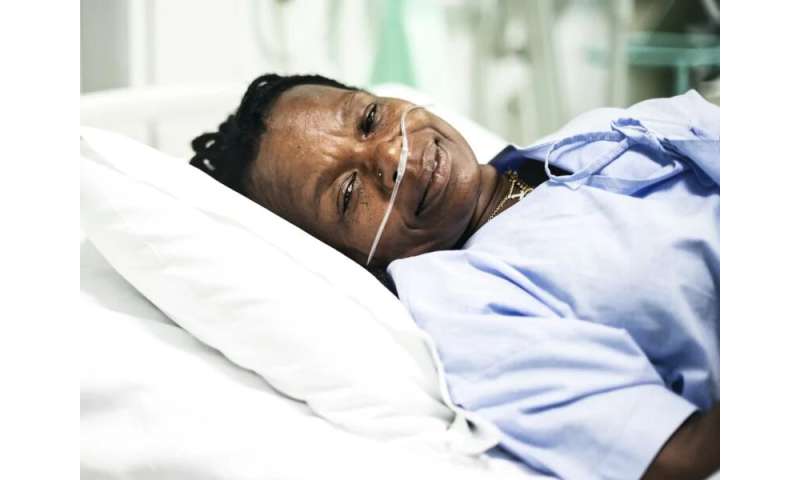

(HealthDay)—For admitted COVID-19 patients presenting to the same urban medical center, risk-adjusted outcomes were no worse for non-Hispanic Black and Hispanic patients versus non-Hispanic White patients, according to a study published online Sept. 25 in JAMA Network Open.
Rafi Kabarriti, M.D., from the Montefiore Medical Center and Albert Einstein College of Medicine in Bronx, New York, and colleagues examined whether presenting comorbidities in patients with COVID-19 in New York City differed by race/ethnicity and whether case fatality rates varied by race/ethnicity in 5,902 patients with severe acute respiratory syndrome coronavirus 2 (SARS-CoV-2) presenting to the Montefiore Medical Center.
The researchers found that 15.5 percent of patients died within the study time frame. The death rates were 16.2, 17.2, 20.0, and 17.0 percent for Hispanic, non-Hispanic Black, non-Hispanic White, and Asian patients, respectively. Compared with non-Hispanic White patients, a higher proportion of Hispanic and non-Hispanic Black patients had more than two medical comorbidities (34.3 and 39.5 percent, respectively, versus 28.9 percent). The likelihood of testing positive for COVID-19 was higher for Hispanic and non-Hispanic Black versus non-Hispanic White patients (65.3 and 68.5 percent, respectively, versus 53.0 percent). Compared with non-Hispanic Whites, patients identifying as Hispanic or non-Hispanic Black had slightly improved survival (hazard ratios, 0.77 and 0.69, respectively) after controlling for age, sex, socioeconomic status, and comorbidities.
Source: Read Full Article